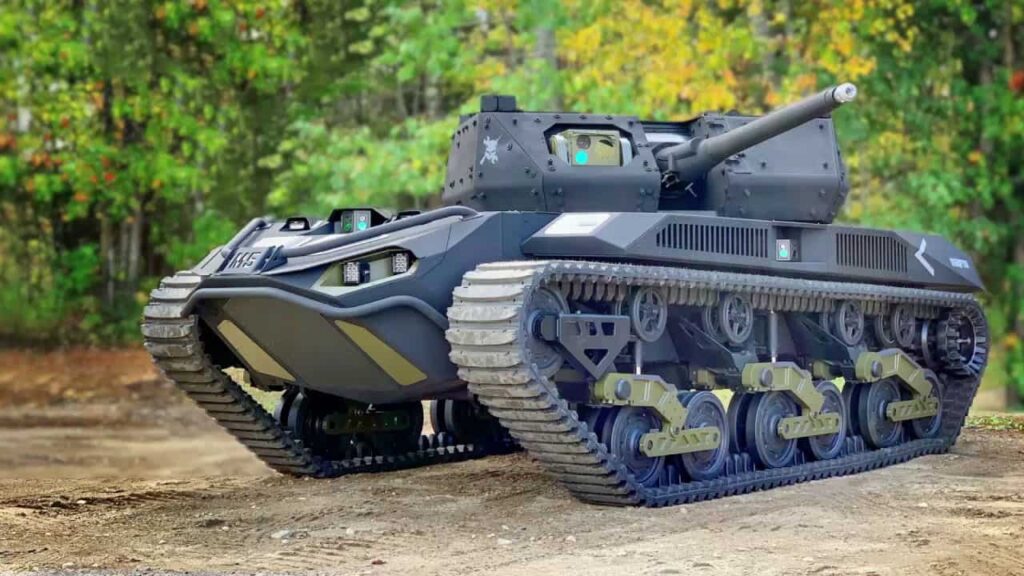
Persistent Systems has announced that it has been awarded a contract by the U.S. Army Combat Capabilities Development Command C5ISR Center to develop a secure high-throughput communications network for Army Manned-Unmanned Teams (MUM-T). These teams will consist of a next-generation Optionally Manned Fighting Vehicle (OMFV) that can be linked with up to four unmanned Remote Combat Vehicles (RCVs).
In order to network the RCVs and their sensors and weapons with the OMFV and with the broader force and command structure, Persistent’s MPU5 smart radio, with its Wave Relay MANET (Mobile Ad Hoc Networking) technology, was selected. It has already been chosen by the Next Generation Combat Vehicle cross functional team (NGCV-CFT) and the Ground Vehicle Systems Center (GVSC) as the MANET network of choice for RCV Phase 1 and has been under evaluation by the U.S. Army for over a year.
The MPU5 is being adapted by Persistent and the C5ISR Center’s Space and Terrestrial Communications Directorate to meet the anti-jam and cyber hardening demands of MUM-T operations. The radio forms a highly scalable, peer-to-peer network that does not rely on external communications infrastructure to operate or run through a vulnerable central node. Other important features of the MPU5 smart radio include:
- An onboard Android-based computer that hosts and runs command-and-control and situational awareness software
- A 3×3 MIMO configuration with up to 10 watts of transmit power, providing a usable throughput exceeding 100 Mbps
- Built-in HD video Encoder/Decoder to distribute multiple real-time HD video feeds to team members on demand
Brian Soles, VP of Business Development for Persistent, commented: “The Army wants RCVs that can be remotely operated in groups over very long distances, in cities, forests, and open terrain. These manned-unmanned teams will also have to deal with the threat of enemy hacking and jamming.”
“The application of the work done under this contract won’t be limited to vehicles. The idea is to get these same hardened capabilities to dismounted soldiers, which will greatly enhance our ability to operate against more sophisticated adversaries.”
Find Radios and Communication Solutions for unmanned vehicles and robotics >>


















